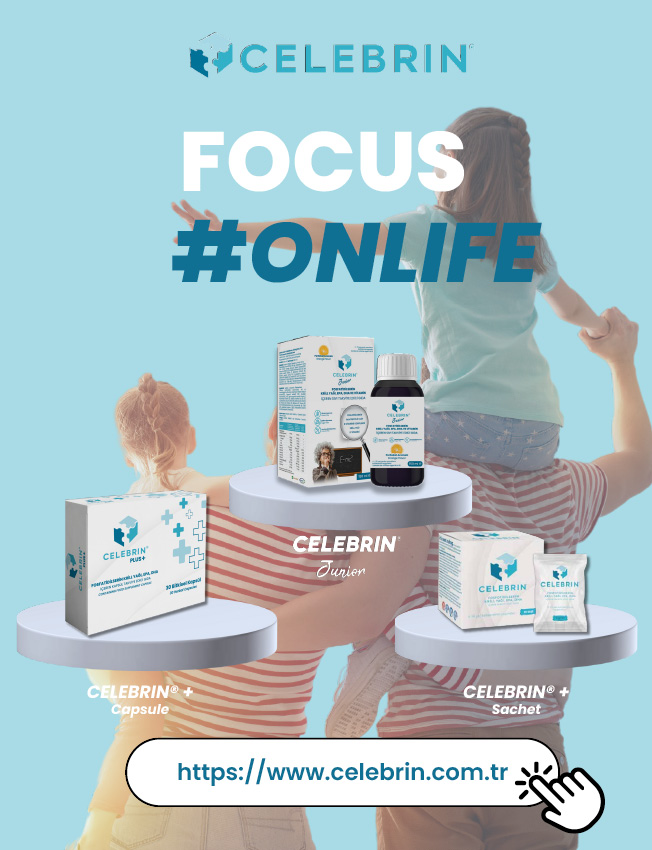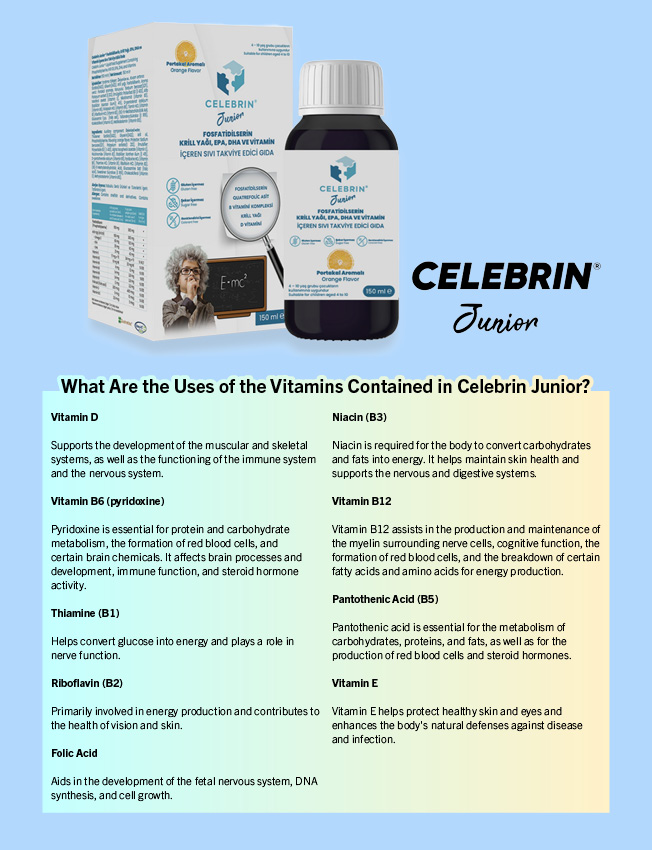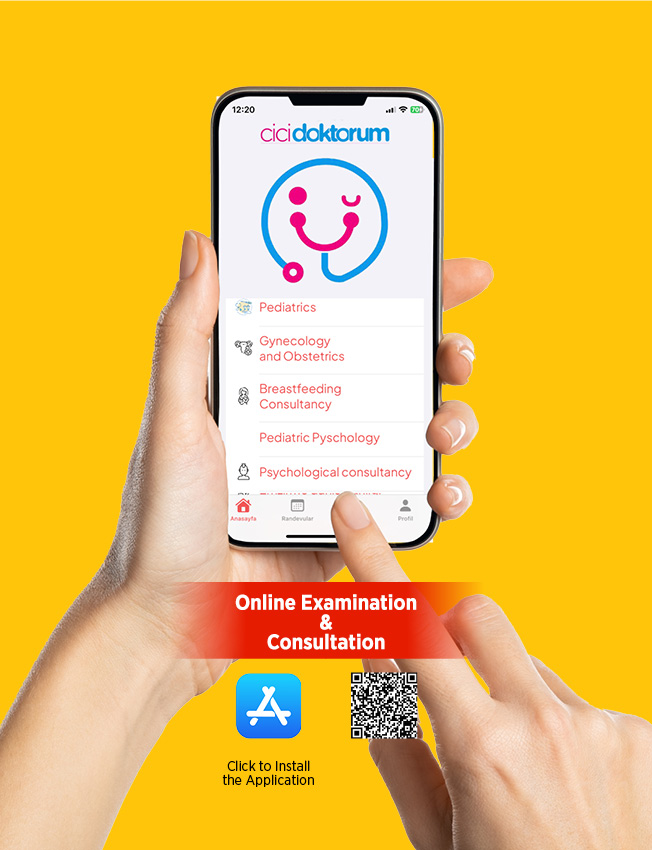Be Careful When Buying Toys For Your Children

When it comes to New Year, what comes to children’s minds first is probably the New Year tree and the upcoming gifts. This year, even though your home has turned into a small toy shop ☺, when choosing toys, the contribution to the child’s development and the content are important.
Toys are one of the most important ways of learning for children. From infancy, children learn many things through games and toys. At the same time, toys help your child communicate with you. Especially in the infancy and preschool period, the content and richness of communication during play are more important than what the toy is!
There are many options offered by the toy industry today. However, having so many choices can be confusing for families. Therefore, it is important to choose toys that will support both language and speech skills and are safe.
As important as the toy itself is how you play with the toy!
Any knowledge learned with fun is permanent. Game and toy are the easiest way to learn while having fun. Often, an expensive and complicated toy may not be as fun as a cardboard, a clothespin, or a small ball. What matters is the communication you establish with your child through the toy. Therefore, enjoy eye-to-eye communication, listening, and spending time together while playing with them.
THINGS TO PAY ATTENTION TO WHEN PLAYING WITH YOUR CHILD:
Make sure there are not too many toys in the environment.
Try to communicate in a language that your child can understand and as simple as possible.
Pay attention to the leadership of the child during the game.
Make eye contact with him/her during the game.
Patiently listen to him/her during the game.
Enjoy and savor the time spent together.
Here are 10 tips for you to pay attention to when buying toys ☺
1. All toys must have the CE mark. This mark guarantees that the toy complies with the safety and standards of both the EU and our country. Especially if you are buying toys from places other than toy stores, pay special attention to whether it has the CE mark or not.
2. The toy must have the name of the manufacturer or importer on its packaging/label. Nameless, brandless toys can be unhealthy. Do not prefer such products.
3. Be sure to read the instructions for use and warnings on the toy’s packaging/label.
4. Before buying toys, check whether the seams are torn by pulling and pulling them.
5. Pay attention to whether there are hard or sharp foreign substances such as metal particles, needles, and splinters in the soft filling material inside the toy.
6. Cut off plastic tags attached to the toy, plastic ties of price tags, etc. Such small objects can come off and pose a danger by entering the child’s mouth.
7. Toys with long strings, cords, ribbons can be dangerous for small children. These ties and cords can entangle around the child’s neck, preventing them from breathing. Do not prefer such toys or always accompany your child while playing.
8. Use high-quality batteries in battery-operated toys, and especially pay attention to whether the toy’s battery compartment is tightly closed and safe.
9. Soft animals and babies should be washable. In such toys, eyes, nose, buttons, and other details should be sewn or glued in a way that they will not come off. If the child puts these into his/her mouth, such parts can come off and block the child’s windpipe.
10. Avoid furry toys, especially if your child is allergic, as they can cause some problems in terms of allergies.









